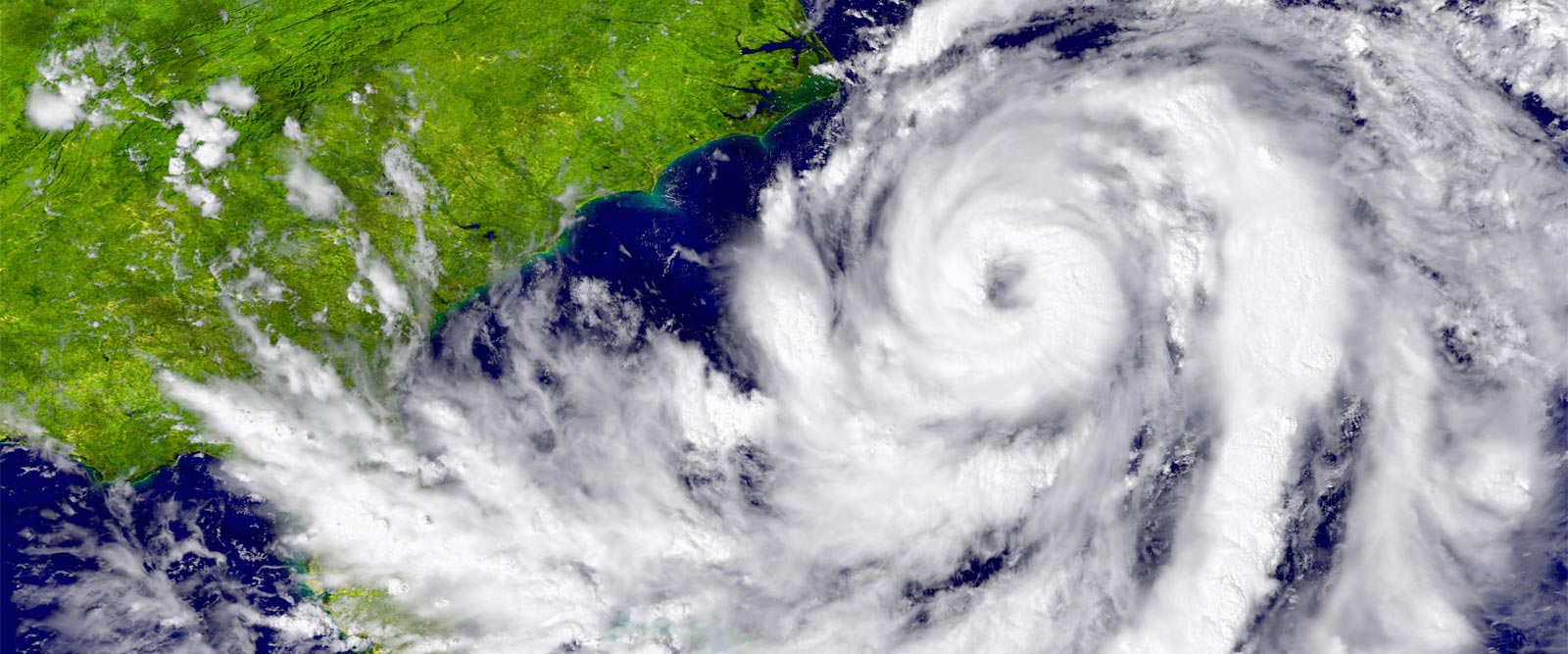Your HVAC Hurricane Preparedness Guide
During the next few months (June thru November) Texans will be on heightened awareness since this is recognized as Atlantic hurricane season. The hurricane “groundhog” has predicted a busy hurricane season, but the prediction models cannot determine where storms will make landfall.
Therefore, everyone who lives along the coast must prepare for potential storms that range from tropical depressions to Category 5 hurricanes.
State and local agencies have extensive emergency preparedness plans for residents and businesses.
State of Texas Hurricane Center
Harris County Public Health Extreme Weather Center
Houston Healthcare Hurricane Preparedness Services
Your Hurricane Preparedness plan might include plans for evacuation, sheltering in place, emergency supplies, and a recovery plan, to prepare for various levels of storm intensity.
You can count on the weather before, during, and after a tropical storm to be warmer and more humid than normal since the storm gains strength from heat and moisture. We are offering an emergency preparedness guide for your air conditioner.
Getting your AC functioning again as soon as possible after a storm will help your family endure the oppressive weather during recovery. An emergency HVAC Hurricane Preparedness plan includes:
HVAC Hurricane Preparedness: Preparing for the Storm
Inspect your outdoor condenser unit. This important component of your HVAC system is the most vulnerable to heavy rain and high winds. The time to protect your condenser is before the storm begins.
- If your condenser is in a low-lying space, it may be prone to localized flooding. Building codes for new construction often require the AC condenser to be elevated on a secure platform to minimize water damage. Since you observe this portion of your lawn under normal rain events, consider whether the condenser is susceptible during a rain event several magnitudes above normal.
- Is your condenser unit secured to the concrete pad with a metal strap? The unit may appear bulky, but it is really quite light, made primarily of copper and aluminum. Strapping the condenser down will keep it in place during sustained high winds.
- Remove as many projectiles as possible. Trim tree branches above or near the unit and dispose of them. Secure patio furniture, lawn toys, and the grill out of the weather.
- Cover the unit with a secured tarp or customized cover. A cover will keep heavy rain and small debris from entering the center of the condenser. During a major hurricane (Category 3-5) you might prepare plywood pieces to slide between the condenser and the cover. DO NOT COVER THE CONDENSER UNTIL YOU HAVE TURNED THE AIR CONDITIONER OFF.
All of these steps will need to be prepared before the storm arrives. Once the wind picks up, it is dangerous to be outdoors.
Drop the temperature as the storm arrives. Anticipate power surges and a loss of power during the storm; to protect your HVAC system, you will need to turn the AC off. Before that happens, lower the temperature several degrees lower than normal to keep the space comfortable for a while longer. Close blinds and drapes with windows and doors shut tight.
HVAC Hurricane Preparedness: Protection During the Storm
If you plan to evacuate, flip the breaker that serves your HVAC to the off position before you leave. If you plan to shelter in place, keep your AC on until high winds pick up. Hurricanes do not produce a lot of lightning, but the wind will create intermittent power surges.
Typically, the wind will cause wind-spread power outages that can last from a few hours to a week or longer. When the high winds begin, set the thermostat to OFF and flip the breaker to the OFF position. This prevents power surges from causing damage to the system. This is the time to install your cover on the condenser.
HVAC Hurricane Preparedness: Recovery and Clean Up
After the storm has passed and it is safe to go outdoors, make a careful inspection of the condenser unit and its surrounding area.
- Watch for downed power lines and stay clear
- Remove the tarp or cover
- Inspect the condenser unit. Watch for damage to the:
- The fins on the outside of the unit
- Debris that made its way inside of the unit
- The electrical and gas connections
- It may take a while before the power is restored. After the condenser unit is uncovered and inspected, flip the breaker(s) to the ON position. Depending on your AC components, it may take a few minutes for the AC to reset. After 15 minutes, turn the thermostat to the COOL position and enjoy the return of cool, dry air circulating.
If the air conditioner does not come on or if it does not produce cool air call Doctor Cool for repairs at 281-338-8751.
We Can Help with HVAC Hurricane Preparedness
Let us help with your HVAC Hurricane Preparedness. Call Doctor Cool & Professor Heat today at 281-338-8751 or email Doctor Cool and let our professional HVAC installation technicians assist in choosing the best HVAC system for your home.
